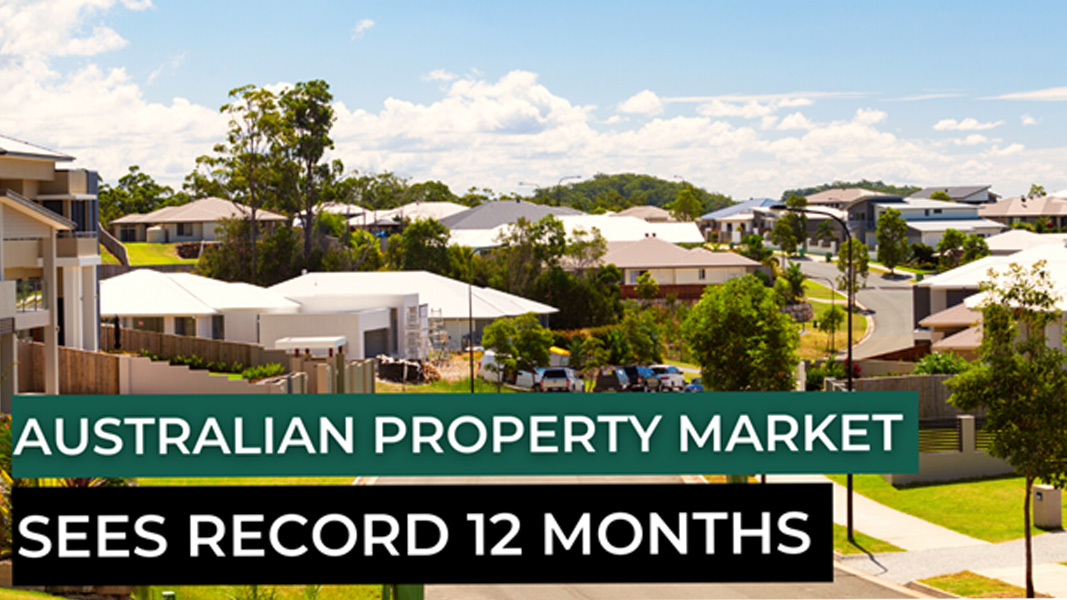Articles
Australian Residential Property Soars 23.7% Over The Past 12 Months

According to the ABS, 2021 saw the largest increase in residential property values over any twelve month period on record, with the total value of Australian homes climbing by a staggering $2tn up to $9.9tn, reflecting a 23.7% annual rise.
Over this period, the mean price of residential dwellings increased by $44,000, reaching an average of $920,100 nationwide, resulting in price increase in property values that surpass any prior year’s results since the ABS began recording its Residential Property Price Index in 2003.
The capital city residential property markets saw the following property value increases:
- Hobart: +29.8%
- Canberra: +28.8%
- Brisbane: +27.8%
- Sydney: +26.7%
- Adelaide: +23.9%
- Melbourne: +20.0%
- Perth: +15.7%
- Darwin: +13.0%
Hobart led the price increases, climbing by 29.8 per cent over the period, while Sydney maintains the highest median property value of $1.6m, roughly 57% above the national average property value.
The price growth, largely driven by record-low interest rates that were introduced throughout the pandemic, has made it more difficult to enter the property market for first-home buyers.

A report released by the National Housing Finance and Investment Corp (NHFIC) found that the average first home buyer is locked out of approximately 70% of the country’s property market, and will need approximately nine years to save enough for a 20% deposit on a home. In contrast, first home buyers previously needed four years of savings for a deposit in 1990.
Speaking on the past 12 months of house price growth, the ABS head of prices statistics, Michelle Marquardt, said that “new lending commitments for housing rose to a record high value in the December quarter 2021. Days on market fell and sales transaction volumes increased. Record low interest rates and strong demand have continued to support growth in property prices.”
However, it’s looking like the Australian property market is beginning to cool down, and could possibly even go backwards, according to the Commonwealth Bank of Australia. Australia’s biggest home lender expects property prices in both Sydney and Melbourne to fall by three per cent in 2022, and a further nine per cent in 2023.
Many experts are similarly expecting a property market cooldown, with CoreLogic’s Tim Lawless stating that “the slower growth conditions in Australian housing values goes well beyond the rising expectation of interest rate hikes later this year.”
Lawless is hinting at remarks made by the Reserve Bank of Australia Governor Philip Lowe, who suggested that a cash rate rise later this year was ‘plausible’, instead of 2024 ‘at the earliest’ as he previously maintained.
“With rising global uncertainty and the potential for weaker consumer sentiment amidst tighter monetary policy settings, the downside risk for housing markets has become more pronounced in recent months,” Lawless added.
If Commbank’s predictions are correct, Sydney home prices would decline by $196,442 by the end of 2023, and Melbourne homes would drop by $117,485.